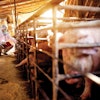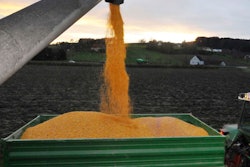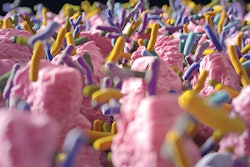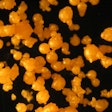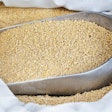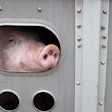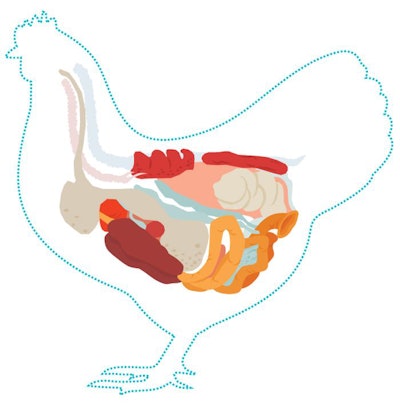
Probiotics, organic acids and feed sanitation can improve the health of the intestinal tract
Bacteria in the intestine plays a role in how nutrients are digested and, ultimately, the chicken’s health because a lot of the immune system is in the intestinal tissues, according to Enrique Montiel, global director of nutrition and live production at Anitox Corp., who spoke during a TECHTalk at the International Production & Processing Expo in Atlanta on January 25.
“There is extensive evidence in the literature that that balance of the different microorganisms that populate the intestinal tract and chicken has a consequence on health, immunity and, ultimately, on performance,” he said. “This balance of the microbiome also has an important role in the integrity of the intestinal tissues, and then that integrity will determine the incidence of disease.”
Producers have the ability to influence the microflora that affects the chicken’s health.
“Whatever microflora a baby chick has will have come from the parent stock, and then this is not a very abundant number of microorganisms. The majority of what the chickens will get will come from the environment or will come from the intervention that we put in place,” Montiel said.
A chicken might have an unhealthy balance of bacteria in the intestine, requiring intervention to maintain health and productivity.
“The flora that you have in the intestine of the chickens may be harmful because, when you try to introduce new populations in the intestine, or your population goes out of balance, these different microorganisms may compete for the nutrients that you’re intending for the chicken or that you’re intending for some of these bacteria to proliferate,” Montiel said.
He suggested three ways to promote a healthy microbiota in chickens.
-
Probiotics
By introducing beneficial bacteria in the form of probiotics, some harmful bacteria can be edged out and promote gut health. However, there is the chance that the beneficial bacteria will not proliferate as desired.
“They may encounter difficulties to grow in the intestine and there may be some resistance that the chicken will put up for these bacteria to proliferate,” Montiel said.
If this practice is successful, Montiel said, it can be difficult to track.
-
Organic acids
While the use of probiotics introduces good bacteria in the intestine, organic acids are used to control harmful bacteria. Like probiotics, the success of using organic acids is variable because it depends on several factors.
“The two ultimate goals of using organic acids, on one side, is getting rid of bacteria that cause detrimental effects or are harmful to the intestine and, on the other side is the acidifying effect, and the promoting of the balance that acidifying the intestinal tract will bring,” Montiel said.
Samples of the intestinal tract can show what kind of flora is there as well as the pH levels and to check the integrity of the intestine.
“We want to see that the cells are moving in the intestine and the balance of the different cells is right, that they’re not producing a lot of mucus, for example,” he said. “We do carcass (testing) in the processing plant to see that the flow of bacteria from hatch to the processing plant makes sense, that we’re not finding some bacteria in the growout and a different one in the processing.”
-
Feed sanitization
Feed sanitization decreases the overall bacterial load in the feed.
“Decreasing the bacterial load will save the bird part of that defensive mode and probably promote more that goes into absorption mode on one side and, on the other side, will provide an overall decrease of the normal challenge that the birds will get from bacteria loads that come in to feed into chicken operations,” Montiel said.
Studies indicate that, by decreasing the bacterial load, birds are better able to handle a bacterial challenge such as Clostridium perfringens, resulting in lower mortality.
“Feed sanitation is an option that will impact the microbiome that would, in turn, positively affect performance,” Montiel said.
